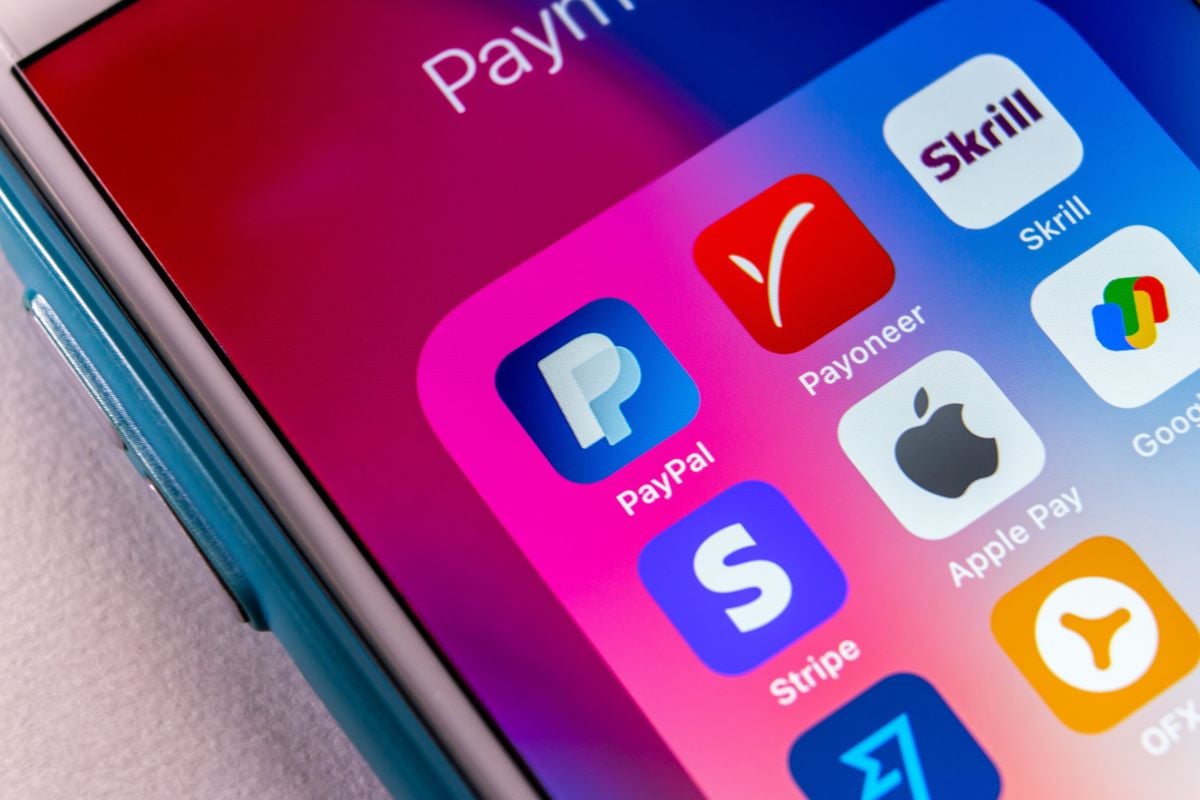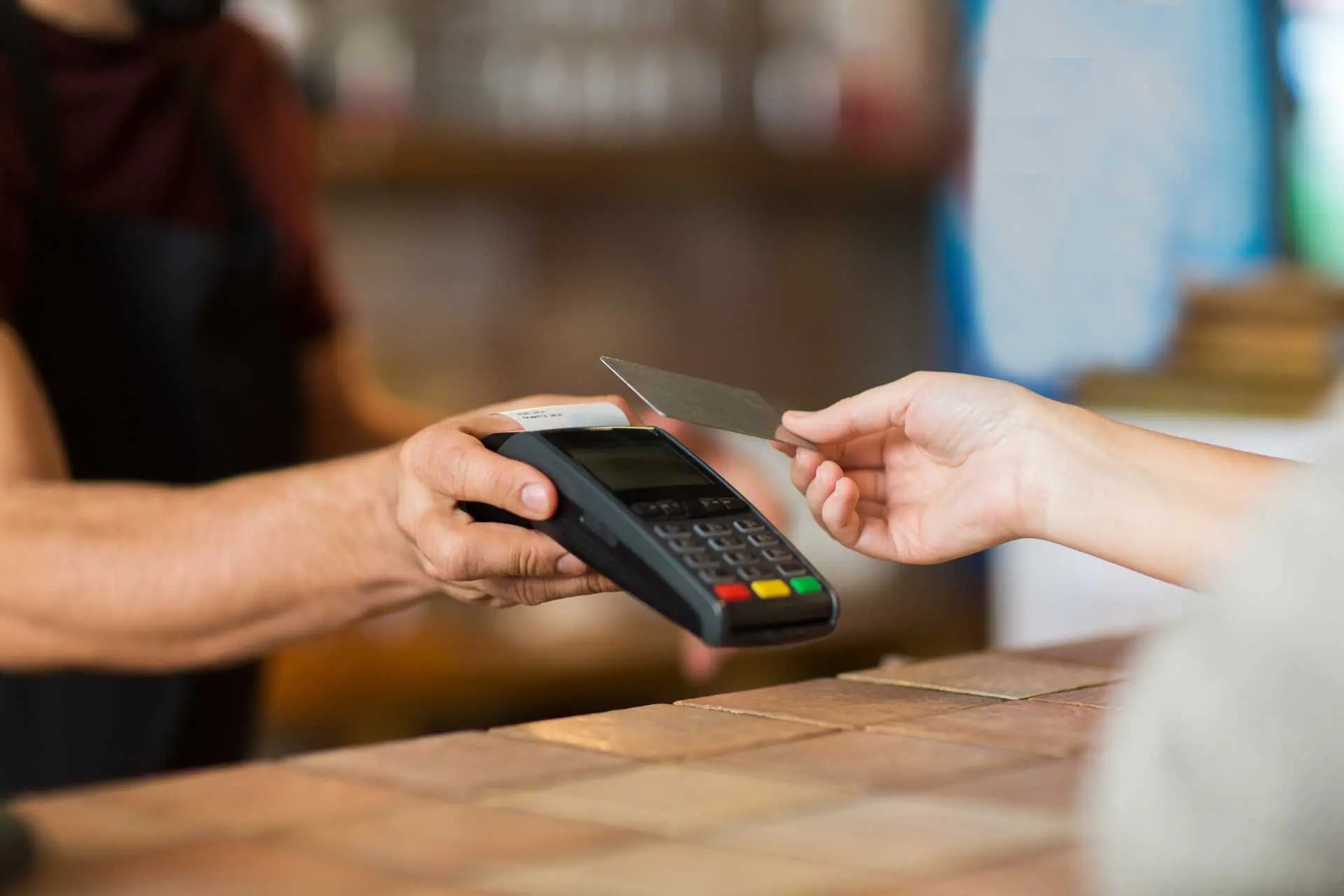Due to rapid technological advancements and consumer preferences, the payment landscape is constantly changing, making it more necessary than ever for businesses to stay ahead.
In Europe, 34% of POS transactions used card payments in 2019, up from 22% in 2016 and 25% in 2019. And cashless payments are on the rise too, mainly due to a shift from point-of-sale purchases to online ones.
In the coming years, emerging payment trends are likely to take centre stage as consumers demand easier and more secure payment methods.
Next, we will explore five key trends in payments for 2023, including mobile payment trends, digital payment trends, new payment methods, reaching the unbanked and underserved, and balancing transactions in the physical and virtual realms.
1. Reaching the unbanked and underserved
One of the most significant trends in payments for 2023 is the increasing focus on reaching the unbanked and underserved populations. Alternative payment methods (APMs) like prepaid or eBanking debit payment cards are emerging as a popular solution to address this issue. These cards offer a low-cost, convenient, and secure way for unbanked and underserved individuals to access financial services.
As the demand for APMs grows, we can expect to see more innovation in this space, such as the integration of digital identity verification technologies to reduce fraud and increase security.


2. The gig economy’s impact on customer habits
The gig economy is changing consumers’ payment habits. Freelancers and gig workers need payment solutions that are flexible, fast, and secure. Physical or virtual payment cards or eWallets are emerging as popular payment options for this group.
As the gig economy continues to grow, we can expect to see more innovative payment solutions that cater specifically to the needs of gig workers, such as real-time payment solutions and customised invoicing tools.
3. Demand for mobile-first experiences
The rise of mobile devices has driven the growth of mobile payments in recent years. In fact, the number of mobile phone payments in the European Union rose to 3% in 2022 (from 1% in 2019), and they accounted for 4% of the value (up from 1%).
Therefore, in 2023, we can expect to see more payment experiences that are optimised for smartphones and tablets. This includes the smoother integration of technologies like SCA, which enables secure and seamless mobile payments without the need for a password and using biometric authentication technologies like facial recognition and fingerprint scanning.


4. Balancing transactions in the physical and virtual realms
As more transactions move online, there is a growing demand for next-generation payment technologies that enable seamless and secure virtual payments.
Virtual cards and invisible, embedded payment experiences are emerging as popular solutions to this challenge. These technologies enable consumers to make payments without the need for physical cards or payment terminals.
Consumers that prioritise environmental sustainability are increasingly turning to these virtual cards and embedded payment experiences as these technologies eliminate the need for physical cards, reducing the use of plastic and paper. This not only benefits the environment but also provides a more convenient and streamlined payment experience for consumers.
5. Embracing digital and smart device payments
Finally, we can expect to see more businesses and consumers embracing digital and smart device payments in 2023. Smart devices like smartwatches and voice assistants are becoming increasingly popular, and businesses are starting to embrace these devices as payment channels.
As this trend continues, we can expect to see more innovation in this space, such as the integration of smart payment technologies that enable consumers to make payments using their wearable devices’ biometric authentication technologies like facial recognition and fingerprint scanning.
The use of wearables in payment transactions is expected to grow at an annual rate of 11.5%, as it provides a convenient and efficient way for consumers to make payments while also ensuring a secure transaction process. With more innovations expected in this space, we can expect wearable devices to become even more integrated into the payment process.

Conculsion
In 2023, the payment landscape will be rapidly evolving, and these five key trends are poised to shape the future of payment technology.
Businesses must stay ahead of these trends to stay competitive and adapt to the changing payment landscape using the right payment gateway. Due to the rapidly expanding payments market and consumers’ appetite for novelty, 2023 will be all about making online and in-person payments exceedingly frictionless for consumers.
This is why our TRU Connect gateway works on any device and offers a simple and easy-to-implement method for merchants to add e-payment capabilities to their online commerce system.
Interested? Let our experts help your business implement the latest trends in payments tech.





